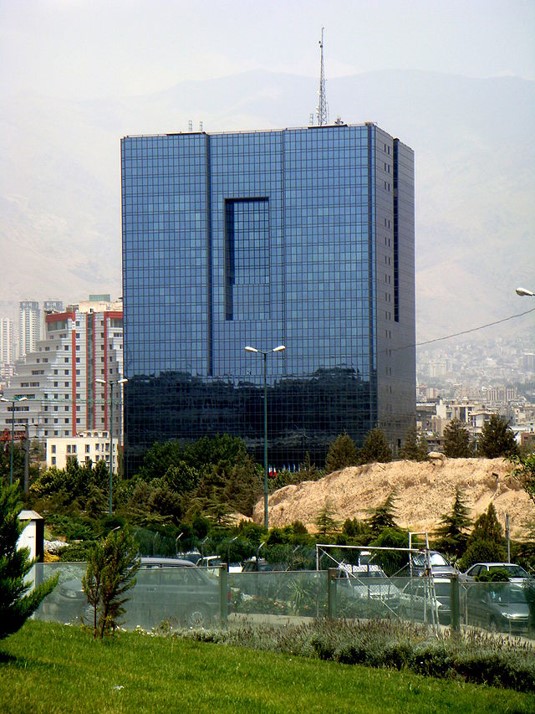Economy
More than half of Iran's industry is
based in Tehran. Industries include the manufacturing of
automobiles, electronics and electrical equipment, military
weaponry, textiles, sugar, cement, and chemical products. It is
also a leading center for the sale of carpets and furniture. There
is an oil refinery south of the city. Tehran is a sprawling city at
the foot of the Alborz mountain range with an immense network of
highways unparalleled in western Asia. It is also the hub of the
country's railway network. The city has numerous large museums, art
centers, palace complexes and cultural centers. In the 20th
century, Tehran faced a large migration of people from all around
Iran. Today, the city contains a mix of various ethnic and
religious minorities, and is filled with many historic mosques,
churches, synagogues and Zoroastrian fire temples. About 30% of
Iran’s public-sector workforce and 45% of large industrial firms
are located in Tehran. Few foreign companies operate in Tehran.
Today many modern industries of this city include the manufacturing
of automobiles, electronics and electrical equipment, weaponry,
textiles, sugar, cement, and chemical products. It is also a
leading center for the sale of carpets and furniture. There is an
oil refinery near Ray, south of the city. Tehran has three
airports, including Mehrabad International Airport, Imam Khomeini
International Airport, and Ghal'eh Morghi airfield. The Tehran
Stock Exchange, which is a full member of the Federation
Internationale des Bourses de Valeurs (FIBV) and a founding member
of the Federation of Euro-Asian Stock Exchanges, was one of the
world's best performing stock exchanges in recent years.

